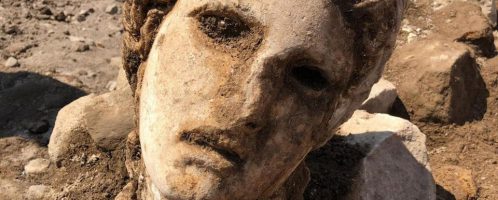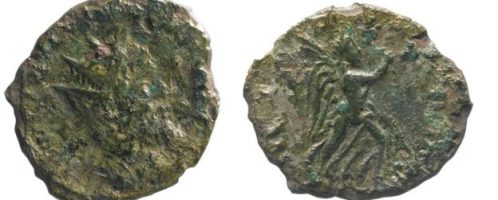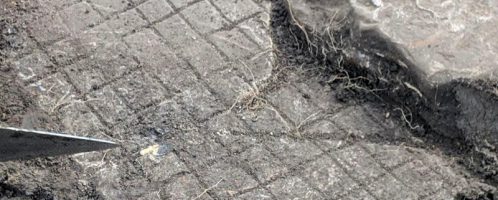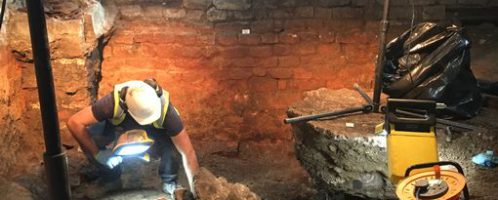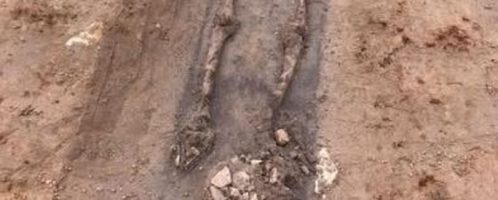If you have found a spelling error, please, notify us by selecting that text and pressing Ctrl+Enter.
Discoveries and news in Rome
All the latest information about discoveries from the world of ancient Romans. I encourage you to let me know about any Roman news and to indicate any corrections or inaccuracies. I try to search for material everywhere, but it is natural that not everything will be noticed by me.
We can go on virtual journey around Circus Maximus
Thanks to the latest Circo Maximo Experience project, we can move to Circus Maximus in Roman times. All this thanks to virtual reality.
Roman coin of usurper Laelianus was found
During the construction works for the A14 from Cambridge to Huntingdon an interesting discovery was made. The Roman coin of the usurper Ulpius Cornelius Laelianus was extracted from the earth.
Researchers discovered Sphinx Chamber in the Golden House of Nero
In the autumn of last year, scientists made a very interesting discovery – in the ruins of the Golden House of Nero in Rome, the remains of an unknown chamber were found.
Roman board game discovered in Vindolanda
During the recently conducted excavations in Vindolanda, next to the remains of the Hadrian’s wall (northern England) a cracked stone board for playing ludus latrunculorum was discovered.
Forgotten bath discovered in famous Baths
Excavations carried out in the famous Roman Baths (England) have rediscovered the forgotten pool.
22 Roman skeletons were found in England
In Lincoln (northern England) archaeologists found 22 skeletons from Roman times. Two of them do not have heads.
Virtual journey around Nero Palace
Nero’s Palace – Domus Transitoria – was brought back to life. Specialists have recreated it by computer, and those who are willing can admire the work through a virtual reality headset.



